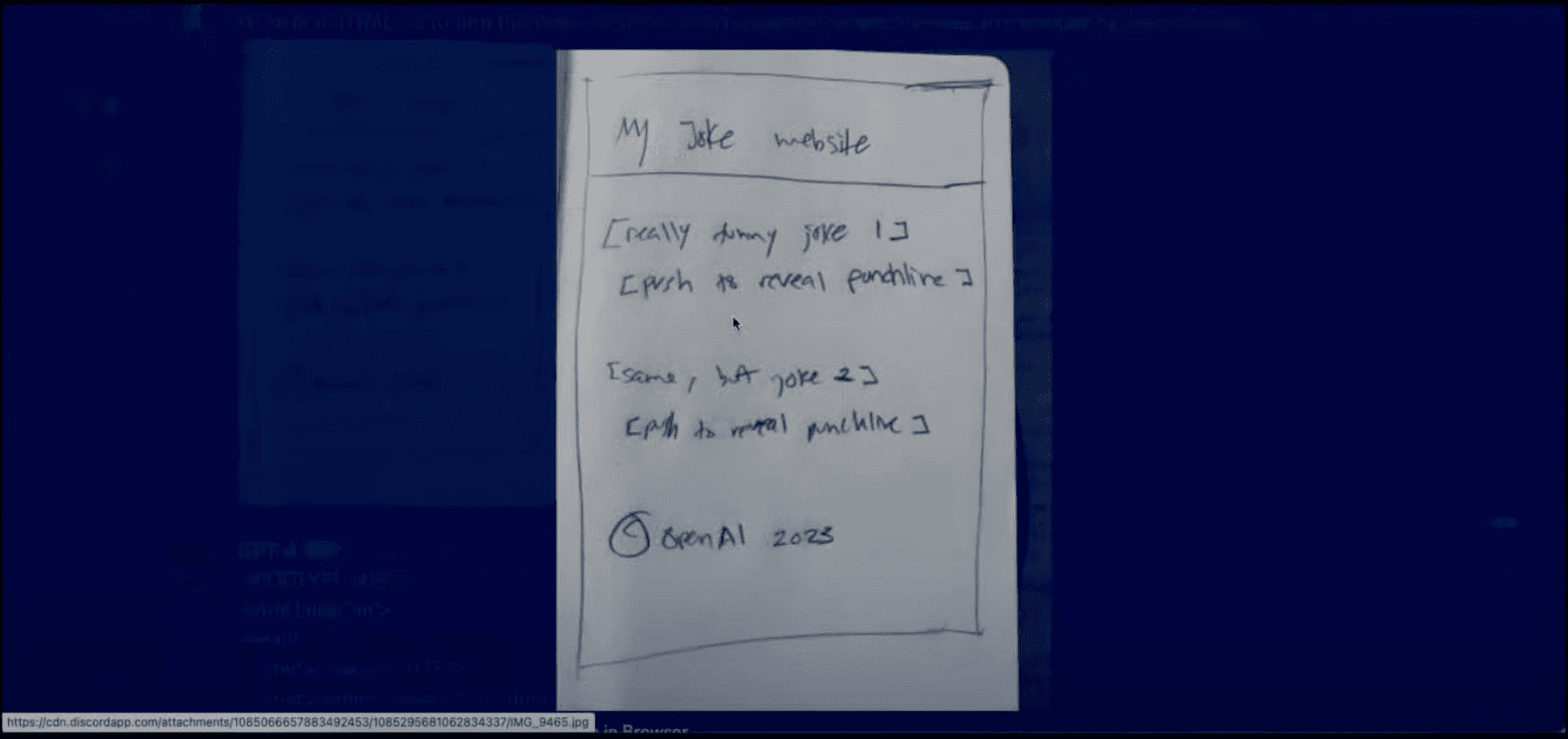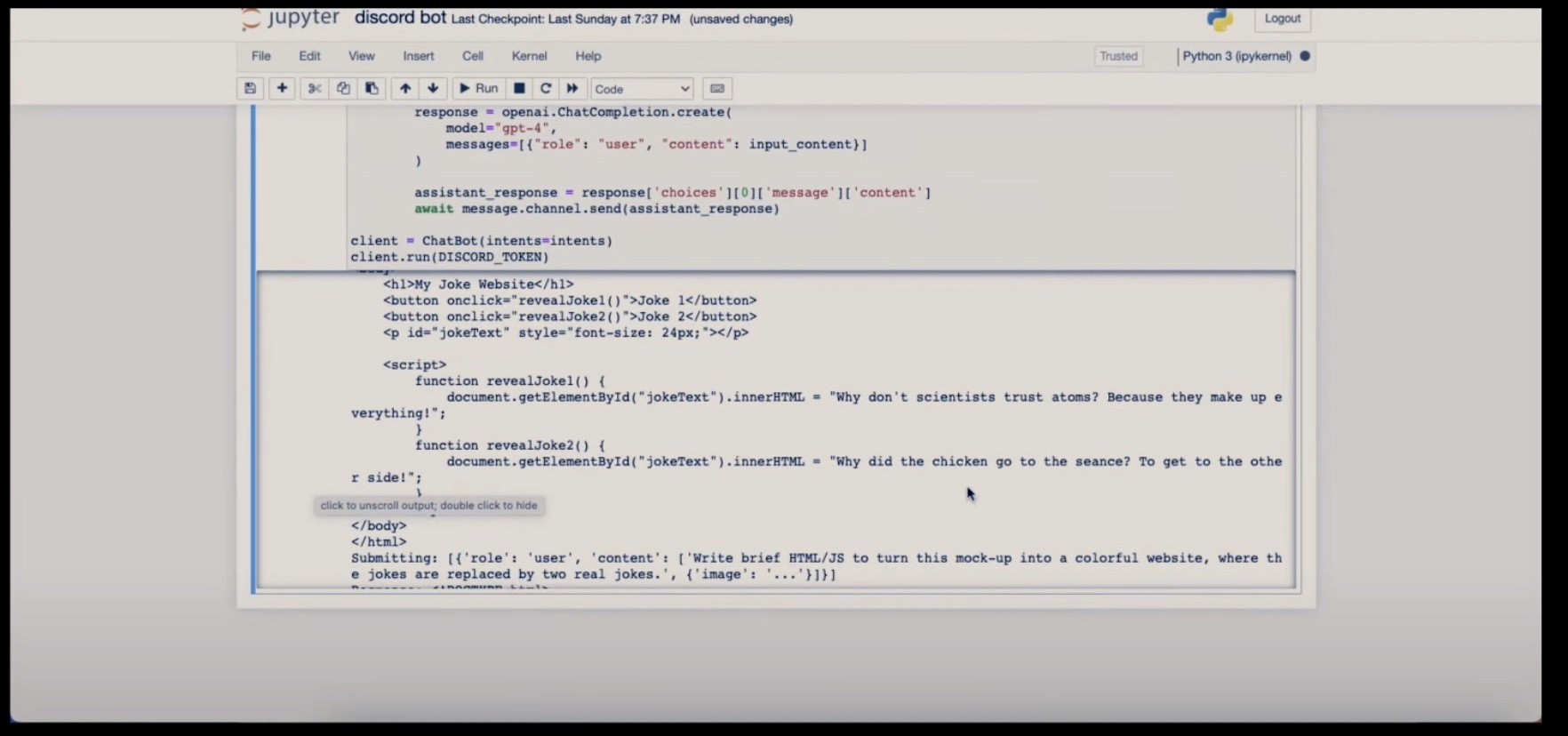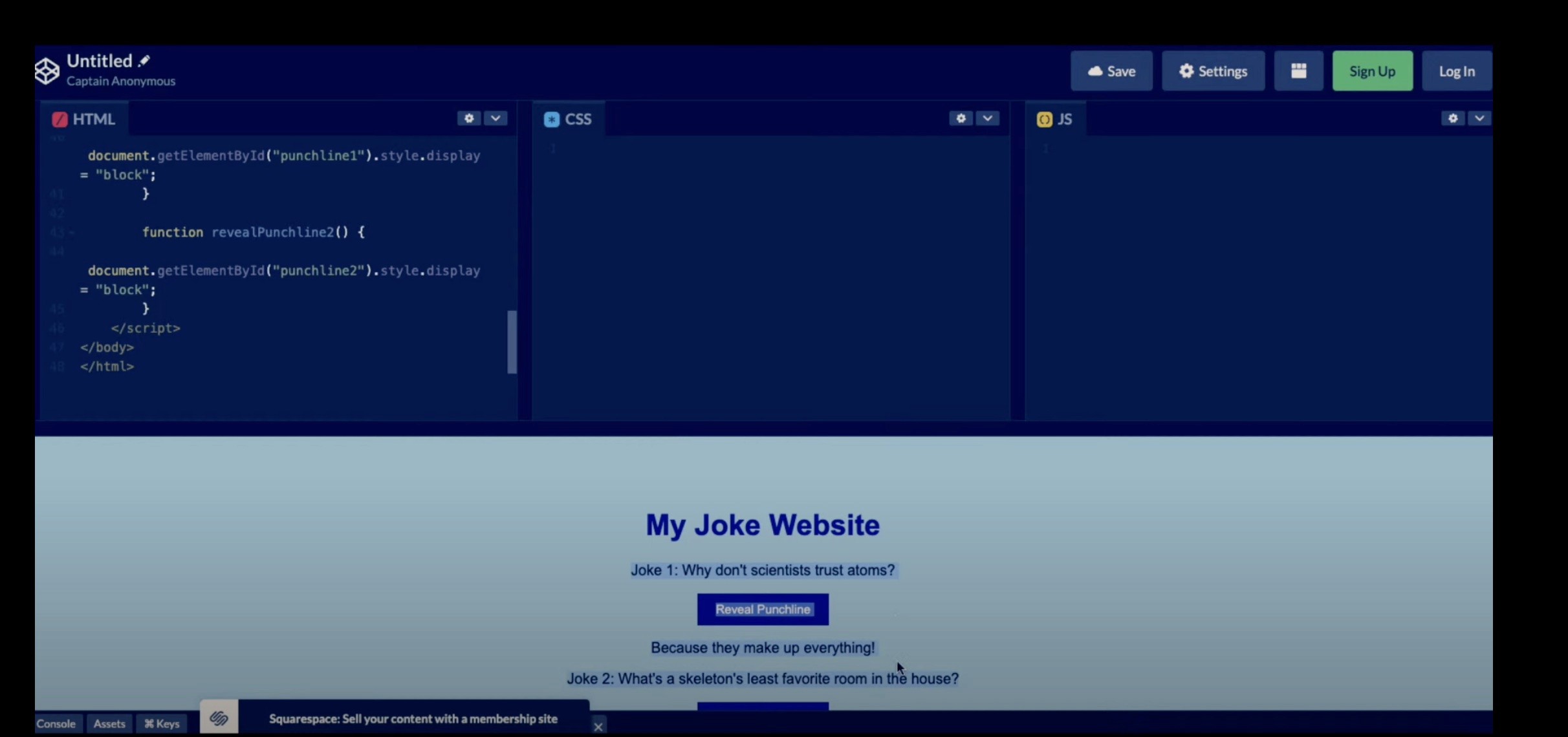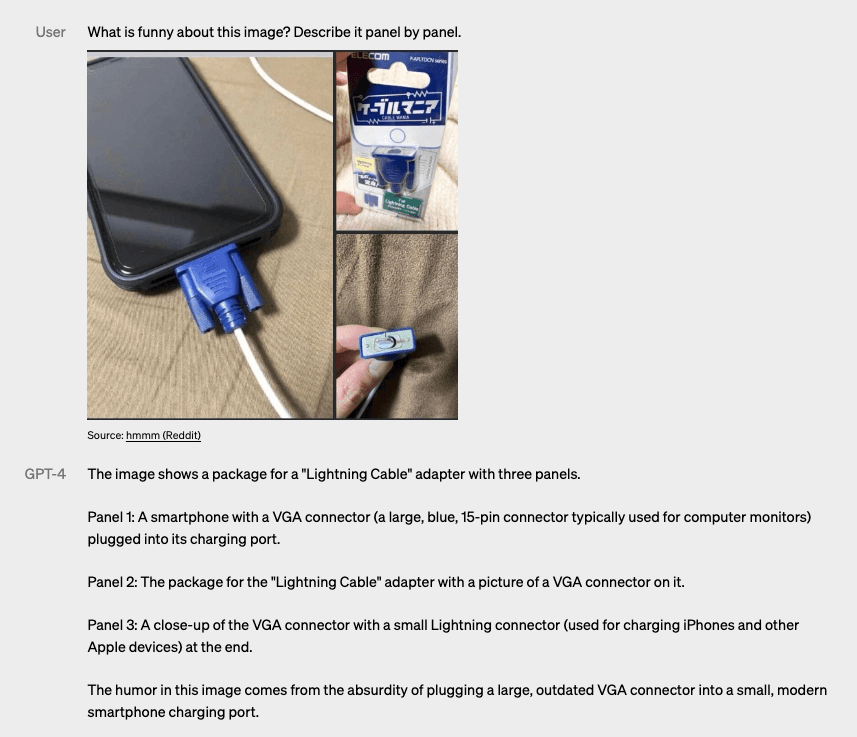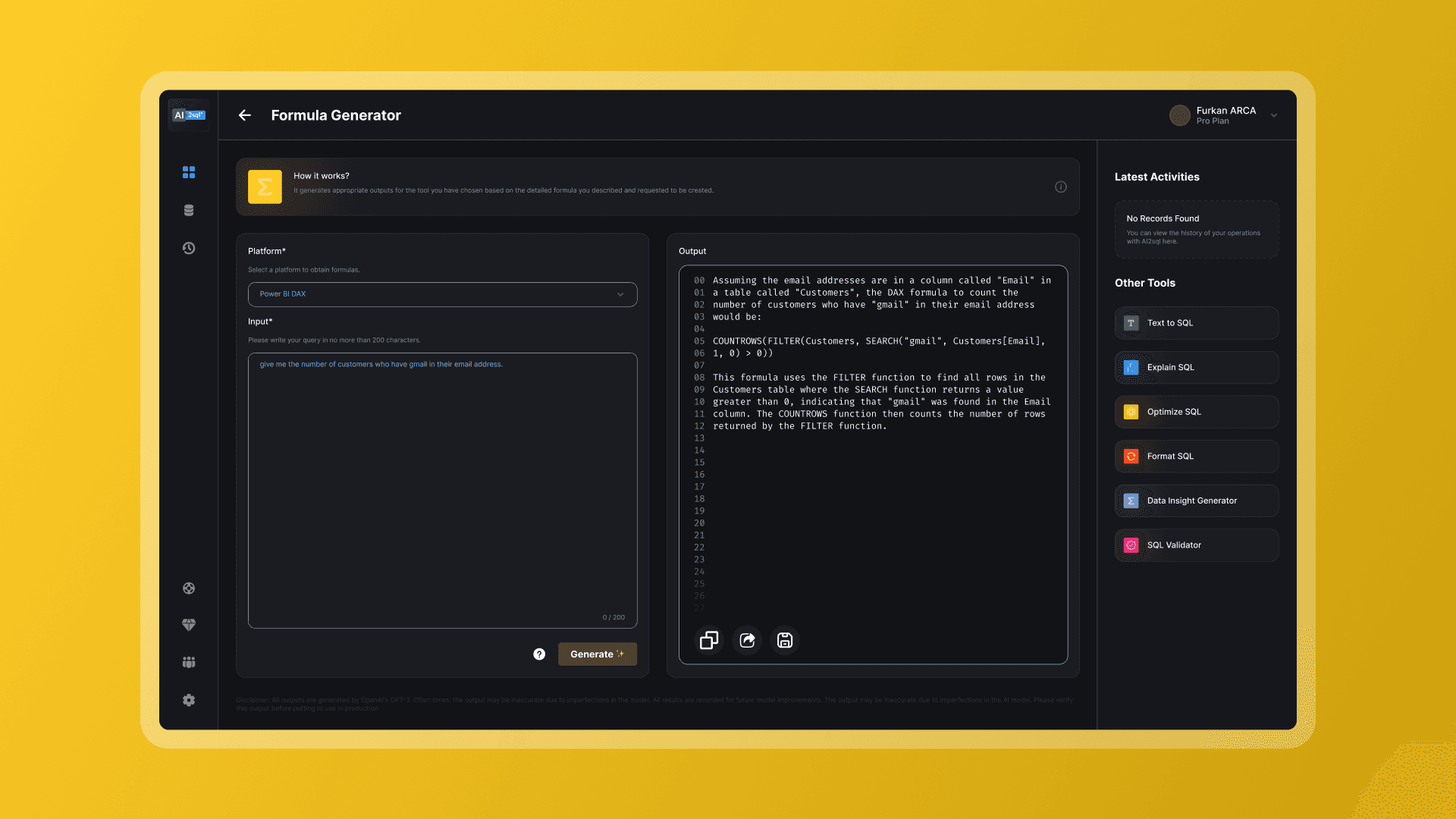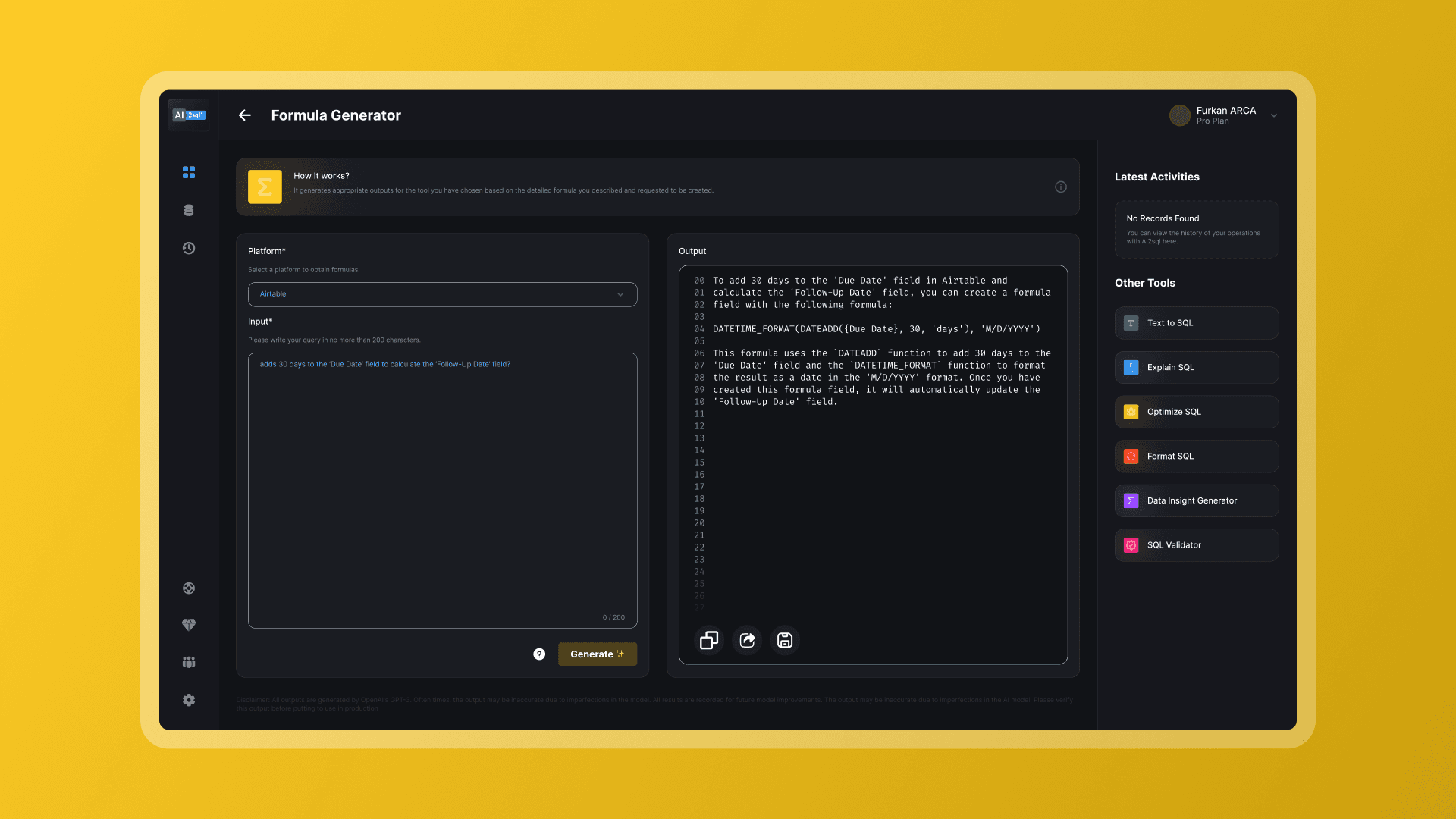NEWS
It has been announced that OpenAI's eagerly awaited new language model, GPT-4, will be introduced next week. The new language model will feature capabilities such as video creation.
OpenAI, which we know through ChatGPT, has influenced the internet world with its language models and has shown us how much artificial intelligence has advanced. Now, the information that has emerged shows that OpenAI's GPT technology can soon be improved even further.
GPT-4 can do many things that were not possible before
According to the German-based Heise, Microsoft Germany's Chief Technology Officer Andreas Braun spoke about GPT-4 and the upcoming launch at an event. The executive signaled that the new language model will be introduced next week and added that it will come with completely different abilities.
Braun said in his statements that we will soon be able to see videos created by artificial intelligence, saying: "We will introduce GPT-4 next week. Our multi-modal models will offer different capabilities such as videos."
The multi-modal statement is exciting and intriguing. With GPT-4, we will see different types of content, including videos. It is not yet known what other features will be available.
Currently, it is known that GPT-3.5 is being used, which only allows for text-based responses. However, the information that has emerged shows that this limitation will be removed in the next model.
OpenAI just launched GPT-4 (3/14/2023)
OpenAI has just announced the launch of GPT-4, the latest addition to their Generative Pre-trained Transformer family of AI language models. GPT-4 boasts an impressive range of capabilities, including image recognition and understanding, the ability to iterate with users on creative writing tasks, and human-level performance on academic benchmarks.
One of the most exciting features of GPT-4 is its multimodal nature. Unlike its predecessors, GPT-4 can accept both image and text inputs for text output. Its image recognition and understanding capabilities are mindblowing, making it a game-changer for applications that require the understanding of visual data.
Another impressive aspect of GPT-4 is its ability to learn and adapt to users' writing styles. It can help compose songs, write screenplays, and now handle up to 25,000 words, making it even more powerful than previous models.
In terms of performance, GPT-4 has achieved human-level performance on academic benchmarks, scoring in the 90th percentile for the uniform bar exam and the 99th percentile for the biology olympiad. OpenAI spent six months making GPT-4 safer and more aligned, resulting in an 82% reduction in the likelihood of responding to requests for disallowed content and a 40% increase in factual responses compared to GPT-3.5.

OpenAI also incorporated more human feedback into GPT-4, including feedback from ChatGPT users, to improve its behavior. GPT-4 is already being used by Stripe to combat fraud and act as a virtual assistant, Duolingo for a more immersive, flexible conversation experience, and Morgan Stanley to organize its vast knowledge base. It's clear that GPT-4 will fundamentally change the future of work and continue to push the boundaries of what AI can do.
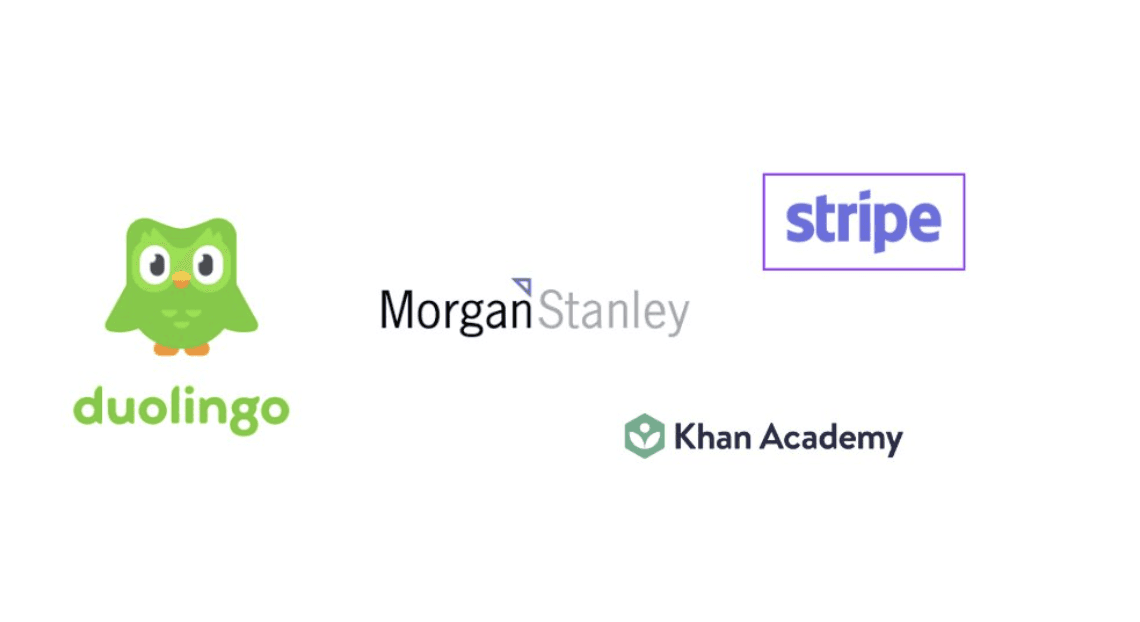
Unlike any AI model, GPT-4 follows human instructions very closely, giving users full control over customizing the user experience.

GPT-4 can understand humor and sarcasm, which has previously been unique to humans. Users can now ask GPT-4 if their joke is funny or not.
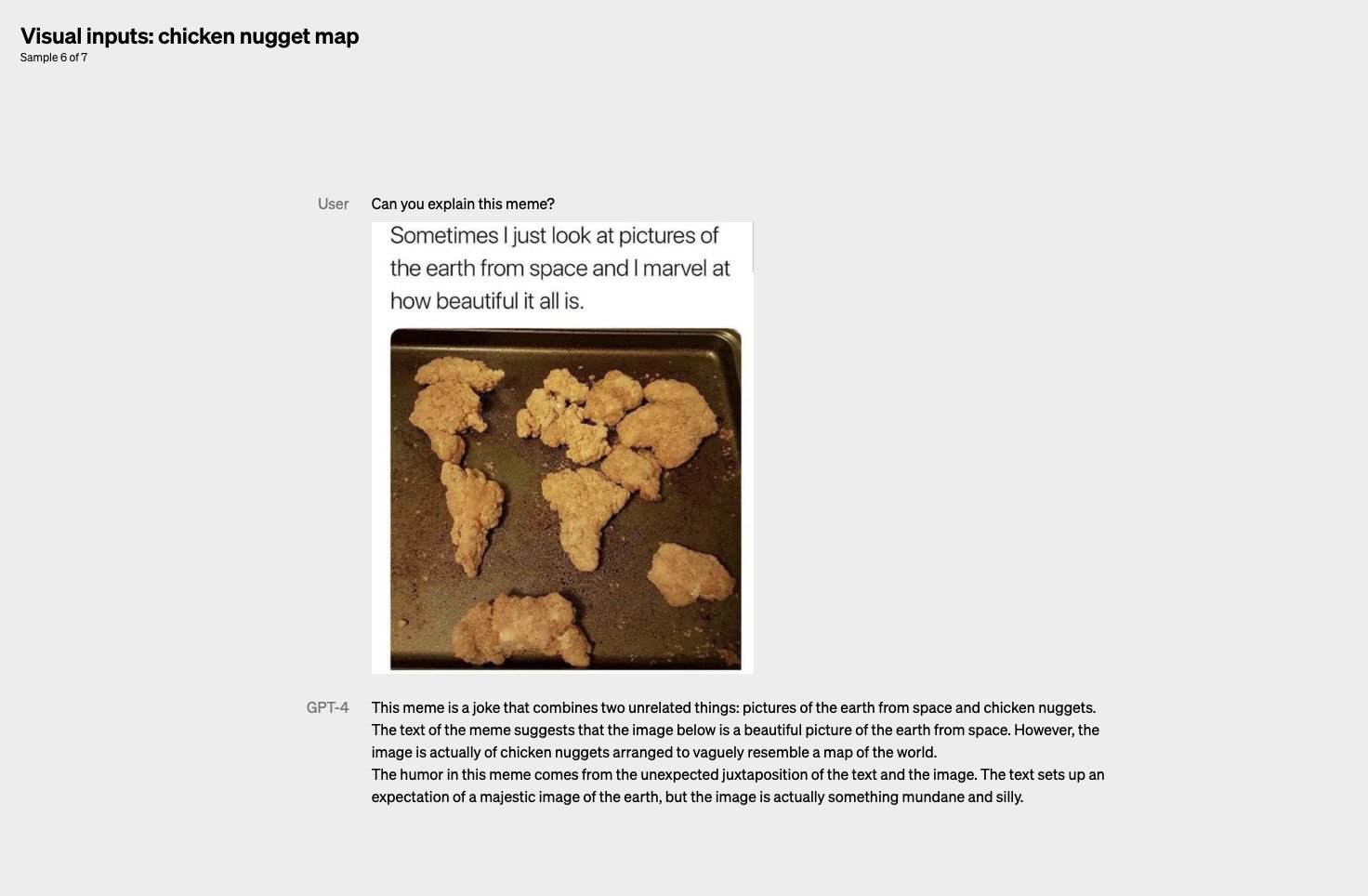
The launch of GPT-4 also marks a significant milestone in the evolution of AI, with OpenAI leading the charge in developing more advanced and sophisticated language models. As OpenAI continues to push the boundaries of what AI can do, we can expect to see even more impressive developments in the years to come.
Overall, the launch of GPT-4 is a significant step forward in the field of AI and represents a major milestone in the evolution of language models. With its advanced capabilities and potential use cases, GPT-4 is set to revolutionize the way we work and interact with AI. As we continue to explore the potential of AI, GPT-4 will undoubtedly play a significant role in shaping the future of technology.
GPT-4 developer demo livestream (3/14/2023)
With GPT-4, you can provide a pencil mockup made in a physical notebook as input, and it can generate functional website code that works based on that mockup
